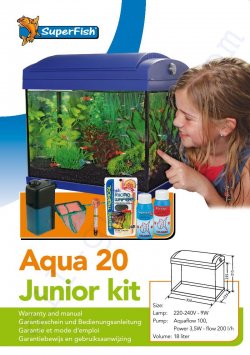AllieBear89
New Member
Hi there
I’m new to this site so I’m not sure if this is the correct place for this question.
i have a case of fungus (not me, my fish!) and I’ve dosed the main tank with Protozin but because I have fry I had to half dose it. I’ve also noticed I’ve got myself a ‘alpha’ of the tank who tends to chase a few of the others, so I’ve decided to take the fungus related fish out in a smaller tank in order to give full dosage safety without harming my fry and to give him some peace to recover from the bully, but I’m a little stuck on dosing for a much smaller tank.
Previously I dosed a 105ltr tank with 5ml due to the fry as it said to half the dose, but now I need to dose a 1.120 ltr tank which apparently is 0.296 gallons, how much Protozin is safe for a tank that small? I’ve looked online but find other products other than the one I need. The product I’m using is Waterlife Protozin.
Thank you in advance.
(Give or take the Width)
I’m new to this site so I’m not sure if this is the correct place for this question.
i have a case of fungus (not me, my fish!) and I’ve dosed the main tank with Protozin but because I have fry I had to half dose it. I’ve also noticed I’ve got myself a ‘alpha’ of the tank who tends to chase a few of the others, so I’ve decided to take the fungus related fish out in a smaller tank in order to give full dosage safety without harming my fry and to give him some peace to recover from the bully, but I’m a little stuck on dosing for a much smaller tank.
Previously I dosed a 105ltr tank with 5ml due to the fry as it said to half the dose, but now I need to dose a 1.120 ltr tank which apparently is 0.296 gallons, how much Protozin is safe for a tank that small? I’ve looked online but find other products other than the one I need. The product I’m using is Waterlife Protozin.
Thank you in advance.
(Give or take the Width)














